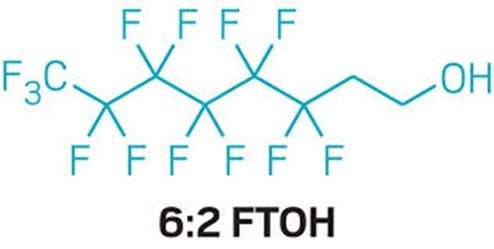Lindsay McCormick, is a Project Manager.
Last October, a groundbreaking report concluded that diseases caused by pollution were responsible for 1 in 6 premature deaths in 2015 worldwide. That’s 9 million deaths caused by environmental pollution – three times more than AIDS, tuberculosis, and malaria combined.
That may seem startling at first, but health outcomes are largely defined by a person’s genes and their environment. In fact, environmental factors – like ambient and household air pollution, industrial chemicals, and common consumer products – are implicated in health impacts ranging from cancer and asthma to infertility.
Unfortunately, our ability to track an individual’s chemical exposures – also called the “chemical exposome” – lags way behind what we can measure genetically. And without this information, it is virtually impossible to develop sound policies and evidence-based interventions to reduce harmful exposures and protect health.
But what if everyone could monitor hazardous chemical exposures? What if school children, soldiers, pregnant women, flight attendants, nail salon workers, gas attendants, and those living within just a few miles of industrial sites – or just about anyone – could understand chemical exposures in their personal environment?
This is where EDF comes in. EDF is exploring ways to catalyze development and scaling of breakthrough technologies capable of detecting an individual’s exposure to a broad spectrum of chemicals—making the invisible, visible.
Our efforts began three years ago, with a series of pilot projects in which people wore a simple silicone wristband capable of detecting over 1,400 chemicals in the environment. Today, we’re collaborating with diverse stakeholders to identify needs and opportunities for accelerating broad uptake of chemical exposure monitoring technologies. Below are five important lessons to jump-start this opportunity. Read More »













